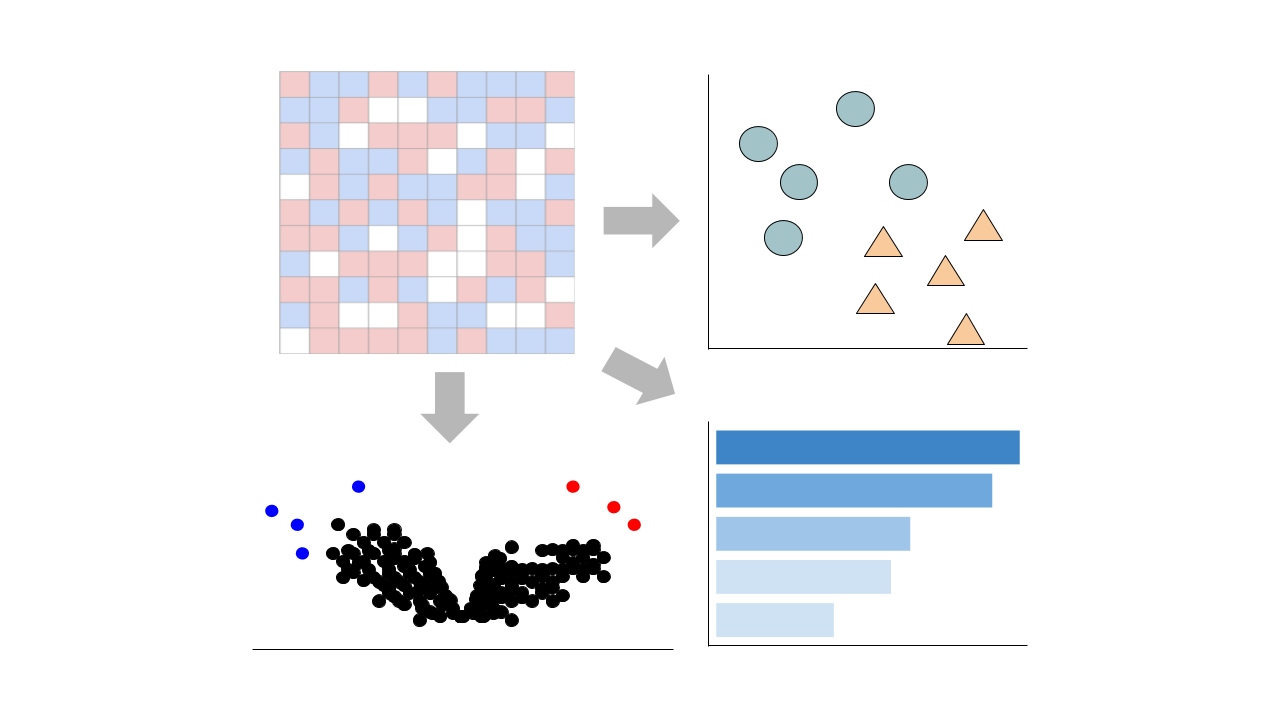Submission Date: Sep 19, 2021
Summary: The Human Silencing Hub (HUSH) complex constituted of TASOR, MPP8 and Periphilin is involved in the spreading of H3K9me3 repressive marks across genes and transgenes such as ZNF encoding genes, ribosomal DNAs, retroelements, including LINE-1 elements, or the integrated HIV provirus. The deposit of these repressive marks leads to heterochromatin formation and inhibits gene expression. The precise mechanisms of HUSH-mediated silencing are still poorly understood, but HUSH presents structural homology with the RNA-induced transcriptional silencing (RITS) complex found in fission yeast. During transcription elongation by RNA polymerase II, RITS recruits a TRAMP-like RNA degradation complex composed of CNOT1 partners, MTR4 and the exosome, to ultimately repress gene expression via H3K9me3 deposit. Here, we show that TASOR depletion or HIV-2 Vpx expression, which induces TASOR degradation, increases the accumulation of transcripts derived from the HIV-1 LTR promoter at a post-transcriptional level. Furthermore, using a yeast 2-hybrid screen, we identified new TASOR partners involved in RNA metabolism including the RNA deadenylase CCR4-NOT complex scaffold CNOT1. TASOR and CNOT1 interact in vivo and synergistically repress HIV expression from its LTR. Similar to the RITS complex, we show that TASOR interacts and cooperates with MTR4 and the exosome. We also highlight an interaction between TASOR and RNA Polymerase II, predominantly under its elongating state, and between TASOR and some HUSH-targeted nascent transcripts. Finally, we show that TASOR overexpression facilitates the association of the aforementioned RNA degradation proteins with RNA polymerase II and is detected at transcriptional centers. Altogether, we propose that HUSH operates at the transcriptional and post-transcriptional levels to repress HIV proviral gene expression.
GEO Accession ID: GSE184399
PMID: 35013187
Select conditions below to toggle them from the plot:
| GROUP | CONDITION | SAMPLES |
|---|---|---|
| HeLa cells |
GSM5586967 GSM5586968 GSM5586969
|
|
|
GSM5586961 GSM5586962 GSM5586963
|
||
|
GSM5586964 GSM5586965 GSM5586966
|
||
|
GSM5586970 GSM5586971 GSM5586972
|
Submission Date: Sep 19, 2021
Summary: The Human Silencing Hub (HUSH) complex constituted of TASOR, MPP8 and Periphilin is involved in the spreading of H3K9me3 repressive marks across genes and transgenes such as ZNF encoding genes, ribosomal DNAs, retroelements, including LINE-1 elements, or the integrated HIV provirus. The deposit of these repressive marks leads to heterochromatin formation and inhibits gene expression. The precise mechanisms of HUSH-mediated silencing are still poorly understood, but HUSH presents structural homology with the RNA-induced transcriptional silencing (RITS) complex found in fission yeast. During transcription elongation by RNA polymerase II, RITS recruits a TRAMP-like RNA degradation complex composed of CNOT1 partners, MTR4 and the exosome, to ultimately repress gene expression via H3K9me3 deposit. Here, we show that TASOR depletion or HIV-2 Vpx expression, which induces TASOR degradation, increases the accumulation of transcripts derived from the HIV-1 LTR promoter at a post-transcriptional level. Furthermore, using a yeast 2-hybrid screen, we identified new TASOR partners involved in RNA metabolism including the RNA deadenylase CCR4-NOT complex scaffold CNOT1. TASOR and CNOT1 interact in vivo and synergistically repress HIV expression from its LTR. Similar to the RITS complex, we show that TASOR interacts and cooperates with MTR4 and the exosome. We also highlight an interaction between TASOR and RNA Polymerase II, predominantly under its elongating state, and between TASOR and some HUSH-targeted nascent transcripts. Finally, we show that TASOR overexpression facilitates the association of the aforementioned RNA degradation proteins with RNA polymerase II and is detected at transcriptional centers. Altogether, we propose that HUSH operates at the transcriptional and post-transcriptional levels to repress HIV proviral gene expression.
GEO Accession ID: GSE184399
PMID: 35013187
Select conditions:
Control Condition
Perturbation Condition
This pipeline enables you to analyze and visualize your bulk RNA sequencing datasets with an array of downstream analysis and visualization tools. The pipeline includes: PCA analysis, Clustergrammer interactive heatmap, library size analysis, differential gene expression analysis, enrichment analysis, and L1000 small molecule search.
